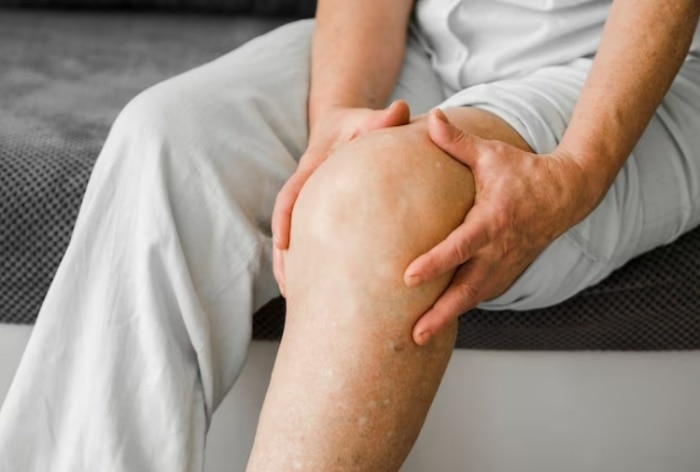When a blood clot (thrombus) develops in one or more of the body’s deep veins, commonly in the legs, it is known as deep vein thrombosis. Leg discomfort or swelling may be a symptom of deep vein thrombosis.

Deep Vein Thrombosis: The development of blood clots in the veins of our body, usually in the legs, particularly the calf and thigh, is known as deep vein thrombosis (DVT). The regular flow of blood via the afflicted vein may be obstructed by these clots. While DVT does not directly cause heart attacks, it can result in pulmonary embolism, a dangerous illness. Immobilization following surgery, age, birth control pills, blood clotting problems, heart failure, cancer, pregnancy, elevated cholesterol, and dehydration are some risk factors for DVT. Most people with the illness are obese and have low levels of physical exercise. DVT can also occur in people who are dehydrated or who remain still for extended periods of time.
5 Signs & Symptoms of Deep Vein Thrombosis
Symptoms of deep vein thrombosis (DVT) might include:
-
Swollen Legs
-
Leg tightness, cramping, or pain that frequently begins in the calf
-
Variation of skin tone on the leg, ranging from purple to red, based on your skin tone
-
A heated sensation on the afflicted leg
-
Leg Soreness
If you have a DVT diagnosis, you should be on the lookout for pulmonary embolism symptoms, which can include chest discomfort, lightheadedness, fast breathing and heartbeat, and bloody coughing.
How to Prevent The Risk of Deep Vein Thrombosis?
- When sitting for extended amounts of time, such as during a four-hour trip, it is important to sometimes take brief rests. Make sure to keep active by walking, swimming, or bicycling, since these activities might assist in enhancing the blood flow in the legs’ veins. These actions can lessen pain and improve blood flow.
- A blood clot or impaired blood flow may arise from the increased pressure that obesity puts on the veins in your legs. Eat a diet high in fruits, vegetables, whole grains, legumes, nuts, seafood, and low-fat dairy products as your first priority. Additionally, for a healthier lifestyle, stay away from sugar, salt, and bad fats.
- When it comes to Deep Vein Thrombosis, it’s crucial to keep your body hydrated. Getting eight to ten glasses of water a day will help increase blood flow to the lower extremities and reduce the chance of blood clot development. It is important to stay away from goods that include coffee or alcohol since they might impede blood flow.
- The largest risk factor for deep vein thrombosis is smoking cigarettes. The amount and quality of blood cells that stop bleeding by clumping together to form clots can be negatively impacted by smoking.
- Anticoagulants or blood thinners may be recommended in specific circumstances in order to avoid clots.
Good news! India.com is now on WhatsApp Channels. Subscribe today by clicking the link and stay updated with the latest news on entertainment and lifestyle. Click here!
